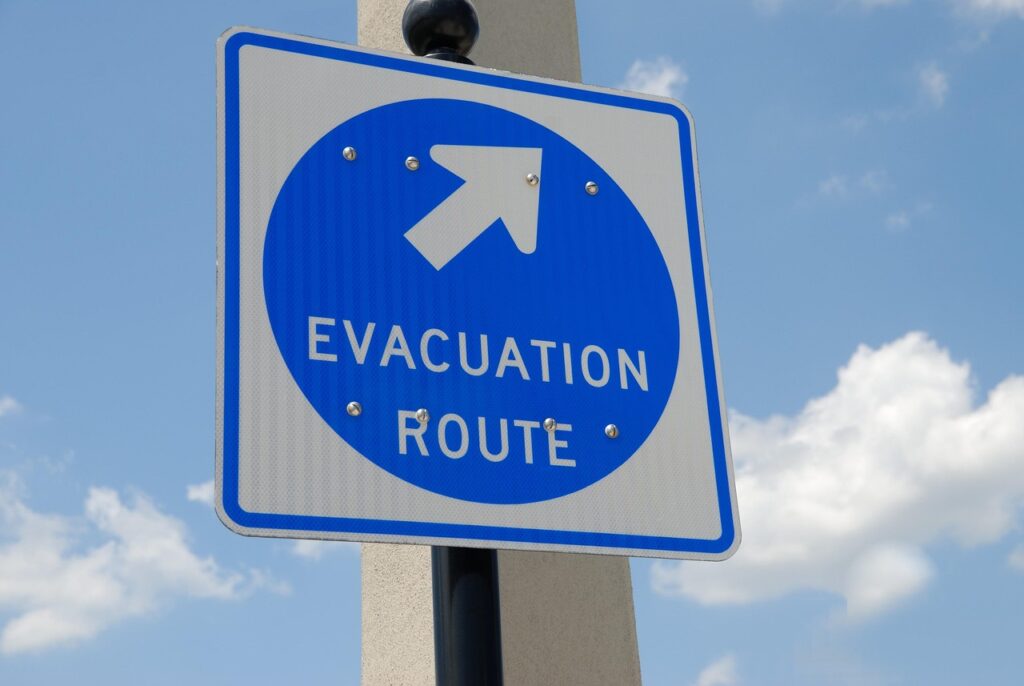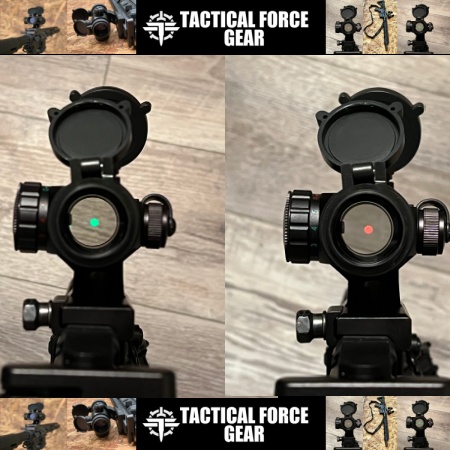September is National Preparedness Month. This is an excellent time to revisit your existing prepping plans as well as set new goals.
What to Know About National Preparedness Month
National Preparedness Month was first launched in 2004. It’s managed by FEMA’s Ready Campaign. This, in turn, is run in conjunction with the Ad Council. The goal is to educate the public about preparedness and encourage them to take steps toward increasing their resilience at the individual and family level.
The Ready campaign suggests every family should make a plan for emergencies. Let’s look at the questions FEMA says your plan should address.
How Will I Receive Emergency Alerts?
It’s difficult to get out ahead of a disaster if you don’t know it’s happening. As part of National Preparedness Month, make sure you’re set up to receive alerts and warnings. Wireless Emergency Alerts (WEAs) are sent to mobile devices. Agencies permitted to send alerts include the National Weather Service as well as the National Center for Missing and Exploited Children, along with officials at local, county, state, and federal levels.

The Emergency Alert System (EAS) sends alerts through broadcast TV and radio stations, as well as cable TV and satellite radio. Alerts include weather situations as well as terror attacks and such.
NOAA Weather Radio is one more tool in the alert toolbox. These don’t just receive storm warnings, either. Situations involving national security or public safety will also cause warnings to be issued.
Be sure you have multiple ways to receive alerts, just in case one of them isn’t working in your area.
What Is My Shelter Plan?
In most cases, sheltering in place at home is advisable. That’s where your supplies are, and that’s likely where you will be most comfortable, as it’s familiar.
However, there may be times when evacuation is advised. With that in mind, it’s important to know where you’ll go.
What Is My Evacuation Route?
This goes hand in hand with determining your potential bug-out locations. Once you know where you’re going to go, you need to plan for how you’ll get there.

Part of this process is learning what routes between you and your destination will be the most crowded, so that you can avoid them. The last thing you want is to end up part of a slowly moving parking lot that used to be a four-lane highway or something.
What Is My Family/Household Communication Plan?
Odds are pretty good that everyone in the household won’t be home when a disaster hits. Between work, school, extracurricular activities, and social lives, most of us spend the majority of our time away from home. This means you should have a plan for how you’ll get in touch with everyone.

PACE is an acronym that stands for Primary, Alternate, Contingency, and Emergency. Originally, it was to be used for communication planning, but it’s a great methodology for any sort of emergency plans. Take a look here for more information on how it works.
Do I Need to Update My Emergency Preparedness Kit?
Of course, this supposes you have a kit to update, right? FEMA has a pretty decent emergency kit checklist. If you’ve never put a kit together before, it’s a great place to start. And even if all you do is curate a kit based on their suggestions and nothing else, you’ll be a step or two ahead if a disaster hits.
The home emergency kit should be stored in such a way that you can grab it all and toss it into your vehicle, just in case you have to hit the road quickly.
Once you’ve put together a kit for home, get another one together for the workplace.
National Preparedness Month isn’t the only time you should be working on these steps. But it is an excellent time to get started.
Read the full article here













